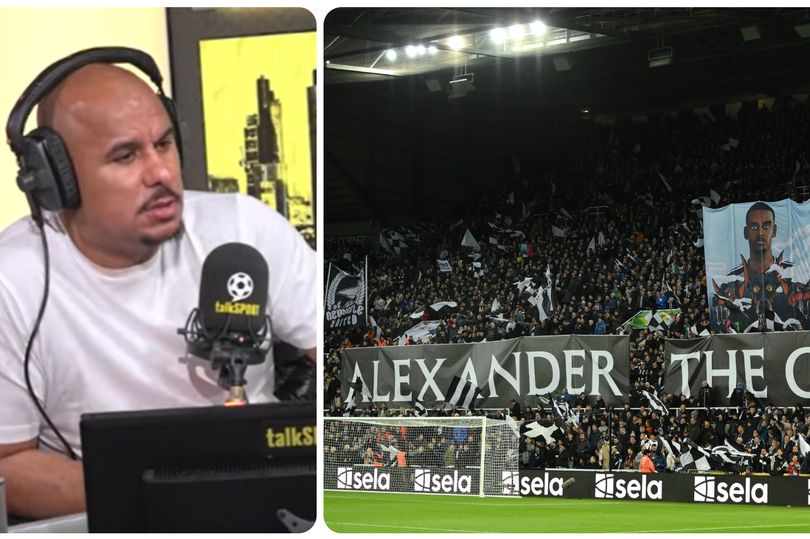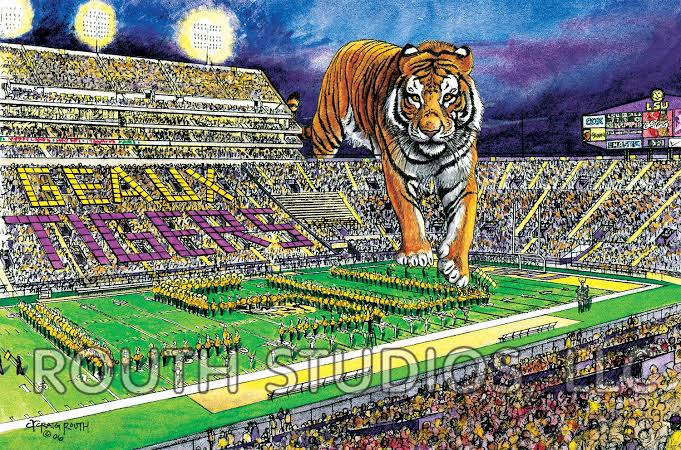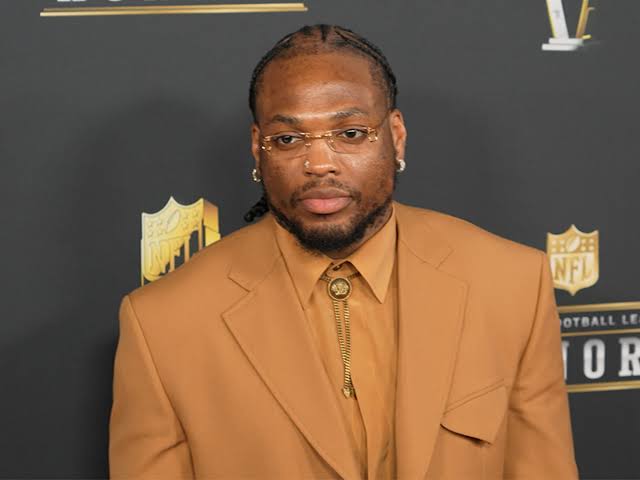This was never going to be a match etched in the annals of Newcastle United’s storied history—not for the action on the pitch, at least. Yet, for Alexander Isak, it was an unforgettable evening for reasons that transcended the game itself. The Swedish striker was greeted by an awe-inspiring sight as he emerged from the tunnel at St James’ Park ahead of Newcastle’s clash with West Ham—a visual spectacle that underscored his growing bond with the club and its fanbase.
On his right, the Gallowgate End erupted with a massive display that combined an Eritrean flag, a Swedish flag, and a banner emblazoned with the words, “Alexander the Great.” To his left, the Leazes End was awash in a sea of blue and yellow, spelling out “Isak” in bold, unmistakable letters—a tribute to the striker’s Swedish roots. The choreography was nothing short of spectacular, a labor of love from the dedicated fans behind Wor Flags, who have become synonymous with unforgettable displays at St James’ Park.
For Isak, this wasn’t just a warm welcome; it was a profound moment of connection. “I want to take my time to thank @worflags and the fanbase for this incredible experience walking onto the pitch and seeing this!” he wrote on social media after the game. “Truly overwhelming and a moment I will never forget.”
It was a scene that resonated far beyond Newcastle, broadcast to viewers around the world—a demonstration of the passion and creativity that define the club’s supporters. Yet, predictably, not everyone appreciated the gesture. Enter Gabby Agbonlahor, the former Aston Villa striker turned talkSPORT pundit, whose criticism was as cutting as it was curious.
“I don’t like it,” Agbonlahor declared. “I’m looking at that and saying, ‘Has he signed a new contract? What about the other players?’ If you’re [Bruno] Guimarães, what are you saying? If you’re other players in the team, what are you saying?”
Agbonlahor didn’t stop there. “Newcastle fans have done it because they are trying to show so much appreciation and love that he doesn’t leave. I get it because they love him, but would Manchester United do that? No. Aston Villa have done it for [Emi] Martínez after he won the World Cup. Isak had his worst game in a Newcastle shirt last night. I thought it was a bit too much and maybe Newcastle fans need to chill. What’s next? Red carpet outside the stadium for him when he walks out? Nonsense.”
Such remarks were met with widespread amusement among Newcastle fans, who are no strangers to Agbonlahor’s tendency to court controversy. After all, Wor Flags have a long history of honoring players, coaches, and the club’s proud traditions with breathtaking displays. Bruno Guimarães, the very player Agbonlahor referenced, has been the subject of his own tribute, as have club stalwarts like Jamaal Lascelles and exciting new recruits such as Sandro Tonali, Miguel Almirón, and Anthony Gordon.
Far from being a distraction or an exercise in favoritism, these displays serve as a unifying force—a visual representation of the passion and solidarity that define Newcastle United. They are an embodiment of the club’s resurgence under Eddie Howe, whose respect for Wor Flags is well-documented. Howe even invited members of the fan group to the training ground in 2022 to give a presentation to players and staff. The aim? To highlight the immense effort, time, and expense that go into each display and to remind the squad of the unwavering support they enjoy from the Geordie faithful.
“What Wor Flags does is truly special,” Howe has said in the past. “The atmosphere they create, especially for big games, gives us a real edge. It’s not just about the visuals, impressive as they are. It’s about the passion and unity they represent. Our players feel that energy, and it drives them on.”
Indeed, that energy has been a crucial factor in Newcastle’s transformation under Howe. Despite the 2-0 defeat to West Ham on this occasion, St James’ Park has become a fortress under the manager’s tenure. Since Howe took charge of a struggling side three years ago, the Magpies have lost just nine Premier League games at home—a testament to the synergy between players, staff, and supporters.
Wor Flags have been instrumental in fostering that atmosphere, turning every home game into a spectacle that inspires the team and intimidates the opposition. The group’s efforts are not merely decorative; they are a rallying cry, a vivid reminder of what it means to don the black-and-white shirt and represent a city that lives and breathes football.
To suggest, as Agbonlahor did, that such passion should be tempered is to misunderstand the very essence of Newcastle United. These displays are not about putting one player above the team; they are about celebrating the collective spirit that has reignited the club’s ambitions. Far from needing to “chill,” Newcastle fans—and Wor Flags in particular—are setting the standard for what fan engagement should look like in modern football.
So, while the match itself may not linger in the memory, the sight of St James’ Park awash with color and devotion will remain a defining moment for Alexander Isak. It was a reminder that, in Newcastle, football is more than just a game—it’s a way of life. And for the thousands who stood in the stands that night, it was a chance to say, in no uncertain terms, Welcome home, Alexander.



